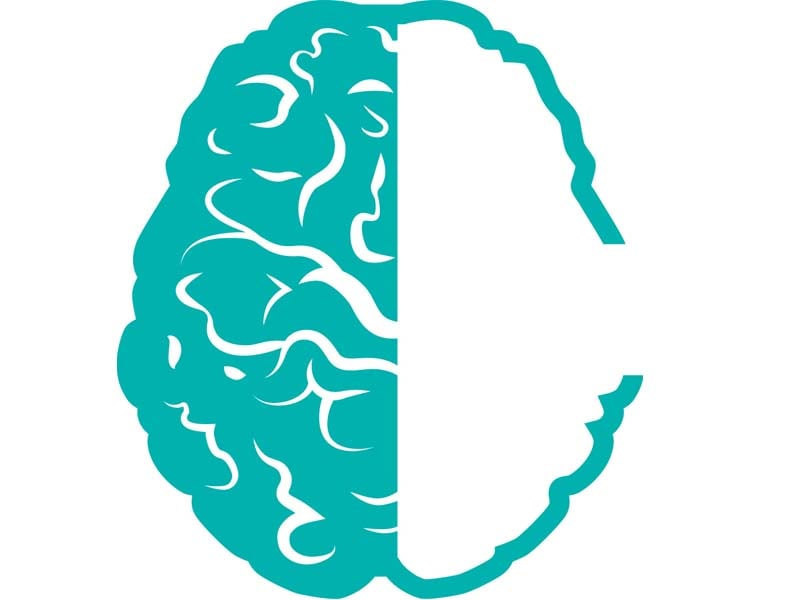
The neurodevelopmenal disorder that affects girls, particularly at the age of four, is characterised by normal early growth and development, followed by a slowing of development, loss of purposeful use of hands, distinctive hand movements, slowed brain and head growth, problems with walking, seizures and intellectual disability. While the disorder has no cure, early intervention and diagnosis is possible if parents recognise and report developmental and behavioural problems in their child.
The Three Stages Of Progression
Diagnosis of Rett syndrome is based on a pattern of symptoms and behaviour. Therefore, observation is the only key to diagnosis.
1 This stage typically begins between the ages of six to 18 months. Symptoms are often overlooked as they appear vague to many parents and doctors. These symptoms include a delay in achieving milestones, delay in attaining motor skills, such as sitting or crawling, poor eye contact and decreased interest in play. This stage can continue for up to one year.

2 Also known as ‘rapid destructive stage’, this stage is characterised by neuro-cognitive regression and loss of purposeful hand movements, such as wringing, clapping and washing, and speech difficulties. Patients develop breathing difficulties and hyperventilate and develop autistic type of behaviour with poor social communication. The patient may also deal with muscular weakness and rigidity. Some girls show improvement in social behaviour with time, while others remain in this stage for years.
3 This begins between the ages of two to 10 years and can last for years. There may be an improvement in behaviour, but this stage is characterised by seizures (80% of Rett syndrome patients have seizures) and arrhythmia along with a deterioration of movement, a worsening of scoliosis (curving of the spine), spasticity of limbs (a side effect of paralysis that varies from mild muscle stiffness to severe, uncontrollable leg movements) and walking difficulties (50% develop walking difficulties).
Rett syndrome is often misdiagnosed as cerebral palsy and autism.
A prenatal diagnosis by screening can be carried out.
Possible Coping Strategies
Speech therapy
Physical therapy
Cardiac monitoring
Psychoanalysis along with the use of anticonvulsants and anti-psychotics to curb self harm
Nutritional rehabilitation
Management of feeding issues or constipation
Saadia Khan is a pediatric resident from Multan. She tweets @drkhanchc
Published in The Express Tribune, Sunday Magazine, May 17th, 2015.

















COMMENTS (1)
Comments are moderated and generally will be posted if they are on-topic and not abusive.
For more information, please see our Comments FAQ